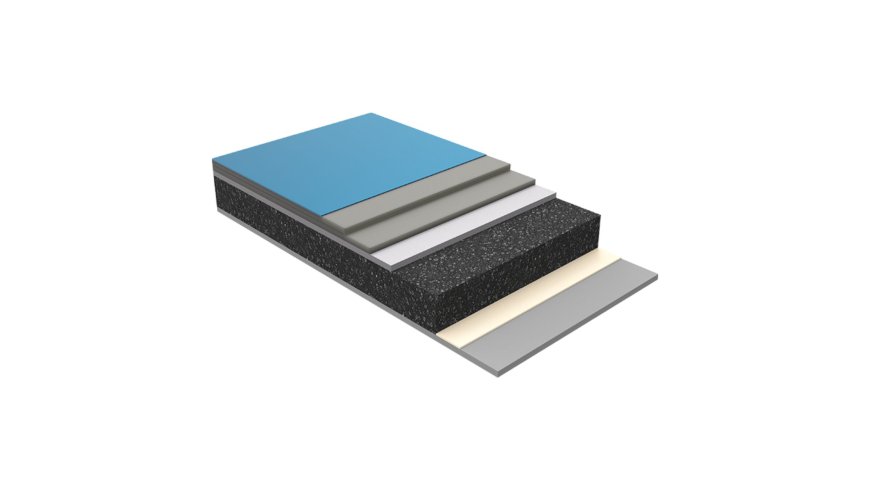How to Choose the Right Thickness of Flooring for Your School Gym

Selecting the right flooring for a school gymnasium in the Greater Toronto Area (GTA) goes beyond choosing color or style. The thickness of the flooring is one of the most critical factors, as it directly impacts safety, durability, and overall performance. But with so many options out there, how do you know what thickness is right for a school gym? Let’s break down the importance of flooring thickness and how to make the right choice.
Why Thickness Matters in Gym Flooring
When students play sports or exercise, the flooring underfoot plays a big role in their safety and performance. Thicker flooring, especially in school gymnasiums, adds a layer of shock absorption that protects students from injuries. This cushioning effect reduces the impact on joints during high-impact activities like running, jumping, or playing basketball, which is essential for young, growing bodies.
Plus, durability is a key concern for schools, where gym floors need to withstand daily wear and tear from multiple classes and activities. Thicker flooring generally lasts longer and can handle heavy use, making it a more cost-effective choice for schools in the GTA.
Ideal Thickness for Different Activities
The thickness you choose for school gymnasium flooring in GTA often depends on the types of activities taking place. Here’s a quick look at some popular activities and the recommended thickness for each:
-
General Physical Education (P.E.) Classes: For general P.E. use, where students might be doing everything from running to light exercises, a flooring thickness of 6-8mm is usually sufficient. This thickness offers basic shock absorption and comfort without being overly cushioned, making it versatile for a variety of light activities.
-
Basketball and Volleyball: Sports like basketball and volleyball involve high-impact movements with a lot of jumping. A thickness of around 10-12mm is ideal, providing extra cushioning to protect joints and reduce the impact of quick, sudden movements. This added thickness helps to prevent fatigue in students and lowers the risk of injury.
-
Weight Training or Fitness Zones: If your school gym has a dedicated weight training or fitness area, go for a thicker option, ideally around 12-15mm. This thickness is perfect for handling dropped weights and provides sufficient shock absorption for exercises like plyometrics. Rubber flooring is a popular choice for these zones due to its durability and resilience.
-
Multipurpose Gym Floors: Many school gyms are used for multiple activities, from assemblies to sports events. For these spaces, a thickness of 8-12mm is generally recommended, providing enough versatility to support different activities safely.
Balancing Thickness with Budget
While thicker flooring may offer more protection, it’s essential to balance thickness with the school’s budget. Fortunately, many suppliers in the GTA offer different price points and can recommend flooring solutions that provide durability without overspending. When discussing your options with a supplier, ask about the lifespan of each thickness option. Higher initial investment in thicker flooring often pays off in the long term by reducing replacement and repair costs.
Choosing the Right Material for the Right Thickness
The material of your gym flooring also impacts thickness choice. Rubber flooring, for instance, can provide excellent shock absorption at lower thicknesses, which can be ideal for schools on a tighter budget. On the other hand, vinyl or wood flooring may require a bit more thickness to achieve the same cushioning effect.
Ask suppliers in the GTA for samples or recommendations on materials suited for school use. They can offer expert insights into which material and thickness will hold up best under heavy, daily use while providing safety and comfort.
Final Thoughts: Invest in Safe, Durable Flooring
When choosing the right flooring thickness for a school gymnasium in the GTA, safety and durability should be top priorities. From everyday P.E. classes to competitive sports games, selecting the proper thickness helps create a safer environment for students while keeping maintenance and replacement costs low. It’s an investment that offers long-term benefits, so don’t hesitate to work with a professional to find the perfect thickness for your school gym flooring needs.
